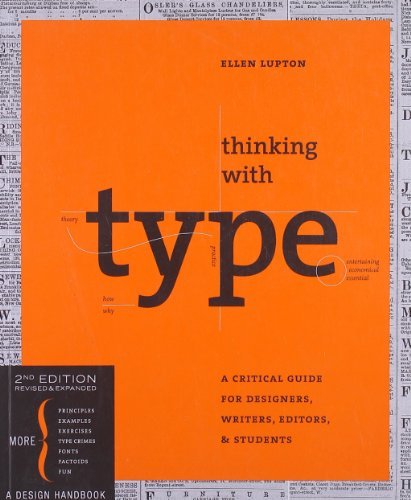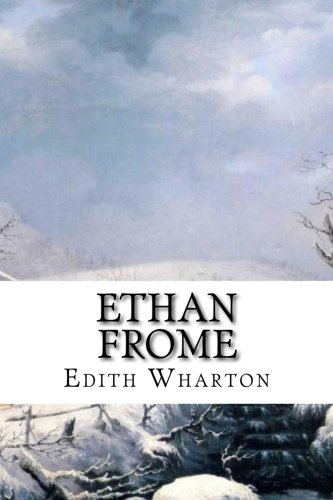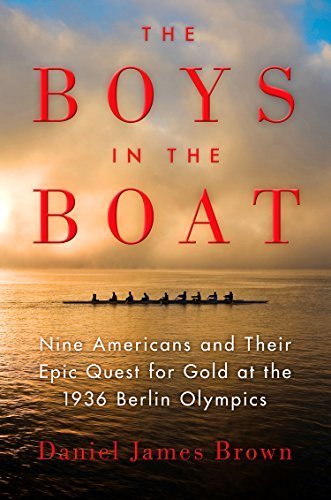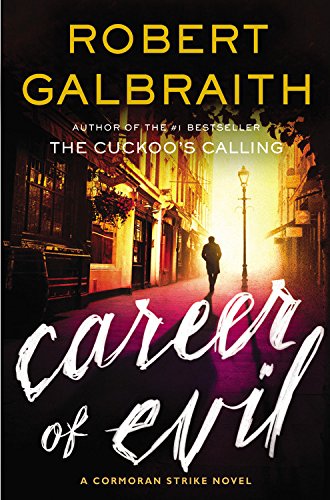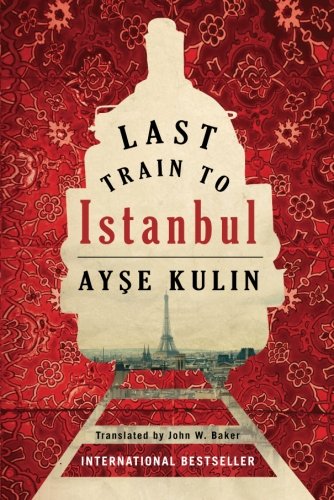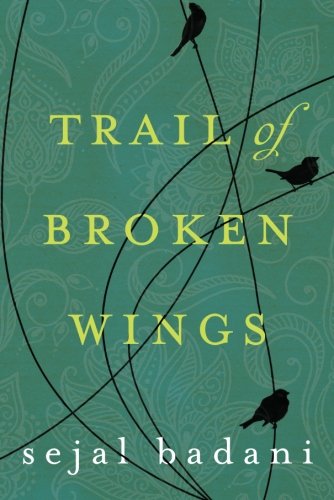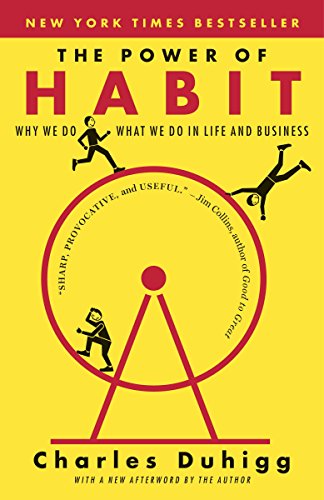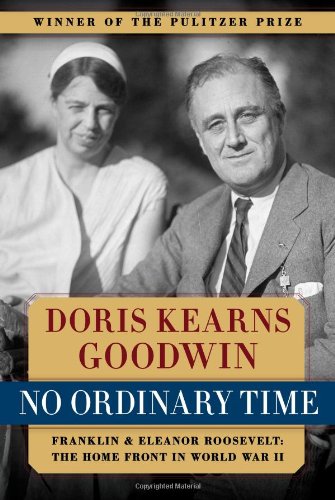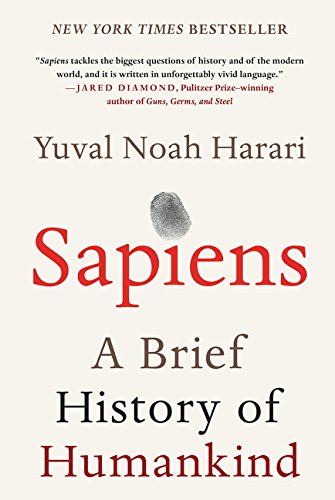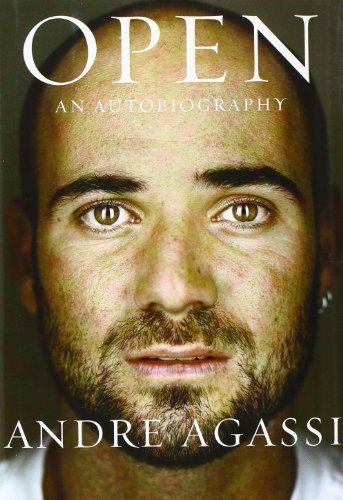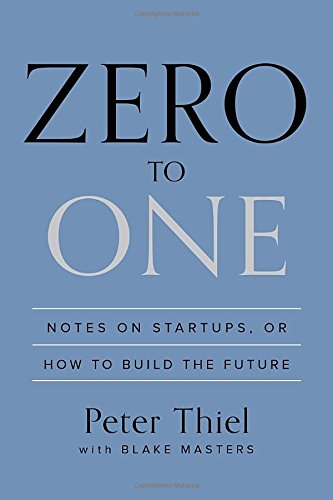 2016 Reading List
2016 Reading List
I’ve never done a reading challenge before.
Over the years, I’ve picked up books recommended by friends, or books that were on the bestseller lists, or books mentioned in NPR interviews. This mostly worked well for me in terms of quality and depth of reading, but it has been too haphazard and I occasionally end up with long stretches of barely any reading.
After following along on Adventurous Kate’s journey through the Pop Sugar 2015 Reading Challenge, and her excellent reviews and recommendations on books, I figured, I should try a reading challenge too.
Then I read the Pop Sugar 2016 Reading Challenge and… was quite intimidated by the sheer amount of research I’d have to do to populate the list with books I could read, like looking for ‘a book with a blue cover’ or ‘a book that takes place on an island’ or ‘a book that takes place during summer’.
These are great categories, no doubt, but I did not want to delay beginning the reading while I researched the books I wanted to read that satisfied the categories.
So instead, I decided to pick one book from each of the major book categories listed on the Amazon Kindle Books page.
Update (Mar 11, 2017): I had been meaning to do an end-of-year review of the 2016 reading list project. I am sad to say that I didn’t finish the 30-35 books I was aiming for. I am happy, however, to report that I did read 10 books out of which 2-3 will definitely get re-read. The timeline of these books read was heavily skewed to the last week of the year when I traveled and had a lot of no-internet time on my hands.
For next year, I hope to arrive at a less ambitious number of books, but a more ambitious content/length/complexity.
Index
History:
- Published: Feb 27, 2016
- Updated: Mar 13, 2016
- Updated: Jul 26, 2016
- Updated: Mar 11, 2017 (Final update for 2016 Reading List)
Books Read in 2016
1. Thinking with Type by Ellen Lupton (2004)
Category: Arts & Photography > Graphic Design > Typography
Thinking with Type is the most non-textbookey textbook I’ve read. I was steeled for a slog of a read, through the minutiae of serifs and slabs and crossbars and x-heights, but this was a surprisingly satisfying read. Lupton peppers the lessons with a solid narrative, and uses the font examples as a part of the narrative (no wasted text!). I learned a lot about the history of type, while understanding what I should look for when choosing fonts.
2. Ethan Frome by Edith Wharton (1911)
Category: Literature & Fiction > Classics
This one was challenging. I figured, with this being such a small book (89 pages), it’d be a quick, engrossing read along the lines of ‘Of Mice & Men’, and I’d cross another book off my list. By the time I was half done with the book, I wanted to throw it at the wall - the depressing tone of the book would not ease up. The NYTimes giving their 1911 review of this book the title, ‘Three Lives in Supreme Torture’, is hopefully a tip off to you on how depressing this book can get.
On a side note, that NYT review of Ethan Frome is pretty entertaining too. Some entertaining quotes,
“Mrs. Wharton prefers to present life in its unsmiling aspects, to look at it with the eye of the tragic poet, not with the deep sympathy, smiling tenderness, and affectionate tolerance of the greatest novelists. Thus she never shows life as it is, as the great novelists do, but an aspect or view of life - the reflex of life on the writer if you will - which colors all things with some mastering mood of him or her.”
or in other words, the reviewer thinks Edith Wharton doth project her own life too much. Also,
“The wife is, as a wife, an accident”
… Is he saying what I think he’s saying? Also this writer’s gotta be a he.
So, back to the reading of Frome - not seeing any light at the end of the tunnel, I did what any attention-challenged internet-age-person would do, and read the ending on Wikipedia. And that actually turned out to be a great idea. See, there’s a twist. And it’s a cruel twist, but a good one. Knowing the ending, I sped through the rest of the book and ended up enjoying it a lot. It makes a strong statement, one that’s hard to miss, and takes a heck of a while getting there, but it is still ultimately worth the read.
3. The Boys in the Boat: Nine Americans and Their Epic Quest for Gold at the 1936 Berlin Olympics by Daniel James Brown (2013)
Category: Sports & Outdoors > Canoeing
I loved reading Born to Run by Christopher McDougall last year, and in the same vein, picked up Boys in the Boat - and wasn’t disappointed at all. The story drags at times, since it begins tracking the main character, a member of the final Olympic boat crew, in his senior year of high school and follows him through four more years, until he is a senior in college who makes it on the final Olympics team. The ‘making of the team’ aspect gets muddled sometimes with the various characters, the history of the dust bowl, and jarring asides that switch to the planning of the Olympics by Hitler and his favored propagandist, Riefenstahl. In these scenes, the tone switches to rose-tinted-happy-with-heavy-foreboding, and it’s more distracting than helpful.
Where the book really shines is when it delves into the making of the athlete, and the constructing of the boat. The boat builder, a mysterious transplant from England, and the competing coaches of the Washington and Berkeley college teams are incredible characters and any scenes they are in just come alive.
4. Career of Evil (Cormoran Strike, #3) by Robert Galbraith (J.K. Rowling) (2015)
Category: Fiction > Mystery, Thriller & Suspense
I picked this up with much anticipation, as I love the Harry Potter series and have re-read it multiple times. I was actually pretty hooked from the start, the character and the world set up for these characters was palpable and the suspense didn’t let up.
Unfortunately, the ending was a considerable let down for me. I don’t want to spoil this book for someone, but let’s just say that the person who did it turns out to be the most logical person to have done it, but viscerally, it wasn’t as satisfying. I wanted the bad person to be someone who was waiting in the wings, peripherally introduced as a character if not explicitly set up as a good person, and to then jump out at you as the person who was responsible all along (see the character setup for Moriarty in the BBC Sherlock series).
5. The Nightingale by Kristin Hannah (2015)
Category: Literature & Fiction > Historical Fiction
Review to come…
6. Last Train to Istanbul by Ayse Kulin (2013)
Category: World Literature > Middle Eastern
Review to come…
7. Trail of Broken Wings by Sejal Badani (2015)
Category: Literature & Fiction > Women’s Fiction
Review to come…
8. We Should All Be Feminists by Chimamanda Ngozi Adichie (2014)
Category: Politics & Social Sciences > Feminism
I didn’t adequately research this book before putting it on my reading list, since I’d heard so much about the author. Unfortunately, the read was too short (it’s a speech delivered by the author, and runs to about 47 pages) and perhaps I’ve already been steeped in modern feminist writing, but the content didn’t surprise me. What Chimamanda says is powerful and true and I agree with every word, but I hoped for a transformative view of feminism and was disappointed.
The part that did surprise me was when the author talked about her experiences with gender imbalances in Africa, which for some reason, I had assumed would be better than several Asian cultures. I grew up in India and I’ve witnessed first hand how patriarchal the culture can be, and incorrectly assumed that I had seen the worst, but Chimamanda’s experiences showed me a different, worse picture of what women go through around the world.
9. The Power of Habit: Why We Do What We Do in Life and Business by Charles Duhigg (2011)
Category: Self-Help > Social Psychology & Interactions
I really loved this book. I was expecting several chapters full of insights from research papers, which this book did contain, but it leveraged the insights beautifully into actionable steps and lists, and provided a detailed breakdown of exactly what works, what doesn’t work, and why in either case.
The part that struck a real chord with me was a chapter at the end of the book where the author selects a trivial example (he likes to snack on cookies roughly around the same time every afternoon), which he turns into a self-experiment to show an implementation of the book’s recommendations and insights. I’d like to re-read this book with a similarly smaller scale example in mind (writing blog posts regularly, as an example) and see if I can successfully build that habit.
10. The Start-up of You: Adapt to the Future, Invest in Yourself, and Transform Your Career by Reid Hoffman, Ben Casnocha (2012)
Category: Business & Money > Job Hunting & Careers / Entrepreneurship
Review to come…
Books I'm still reading, carried over to 2017
No ordinary time: Franklin and Eleanor Roosevelt : the home front in World War II by Doris Kearns Goodwin (1994)
Category: Biographies & Memoirs > Presidents
Sapiens: A Brief History of Humankind by Yuval Noah Harari (2011)
Category: Anthropology
Open by Andre Agassi (2009)
Category: Biographies & Memoirs > Modern
Books abandoned for good
Zero to One: Notes on Startups, or How to Build the Future by Peter Thiel, Blake Masters (2014)
Category: Entrepreneurship
Guys, I had to abandon this one. Peter Thiel is an entrepreneur-extraordinaire who has attained more success than I could ever imagine, but even a handful of chapters into the book, I was vocally disagreeing with what he was saying. I figured this wasn’t healthy, and that I shouldn’t be reading the book if I felt like I had to argue with it out loud, so I gave it up.
Here are a few notes I jotted down before I gave up:
- Tries to make a point that monopolies are unilaterally good i.e. everyone should strive for one (in the sense of, try to specialize to the point of a monopoly because no one wins when they just compete on a similar set of skills) but misses the point on oligopolies like communications/broadband etc.
- Vilifies education system when a lot of Thiel’s drive and success comes from the act of finishing two challenging degrees in Stanford
- We shouldn’t want to compete because “what’s achieved from competing?”. Well, motivation, for a good portion of the population.
- Hypothetical straw-man - claims he’d have spent a lifetime doing depositions if he’d won a pivotal clerkship earlier in his career. Not true. He may have had an extremely successful run as an Attorney General or a political career or ended up quitting to found a business.
- The hypothetical above is a flimsy premise to build a book on. Success is a combination of several factors including privilege at birth, educational opportunities, parents, peers, extracurriculars. If all these got him to the point of a clerkship, whatever makes him successful today was present already and he would’ve found alternate avenues to shine and distinguish himself.
- Individuals with Asperger-like insensitivity to social cues seem to thrive in Silicon Valley 🙄
- Calling Twitter a future monopoly especially considering current loss of faith in Twitter kind of undercuts the argument
- Good point about short-term obsessed Zynga, and Groupon vs LinkedIn.
